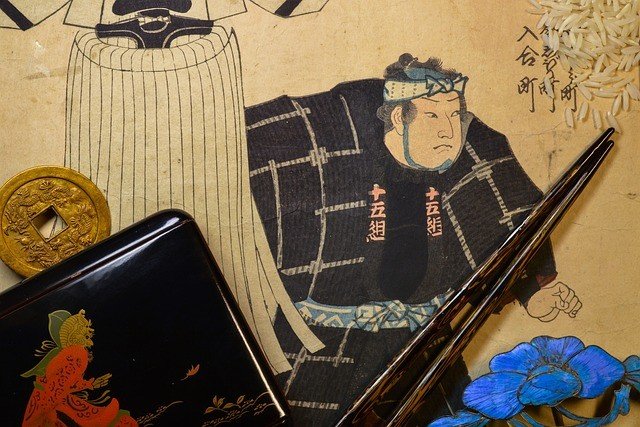The impact of Japanese art on European aesthetics, particularly during the late 19th and early 20th centuries, was profound and far-reaching. The period from the mid-19th century to the early 20th century is known as “Japonisme,” a term that reflects the widespread fascination and influence of Japanese art and culture on European artists and designers.
Several factors contributed to the surge of Japonisme in Europe:
1. Opening of Japan to the West:
In the mid-19th century, Japan ended its isolationist policy and opened its ports to trade with Western countries. Japanese art and artifacts started to flow into Europe, captivating artists and collectors.
2. Influence on Impressionism:
Japanese woodblock prints, known as ukiyo-e, had a profound impact on the development of Impressionism. Artists like Vincent van Gogh, Claude Monet, and Edgar Degas were inspired by the bold colors, flattened perspectives, and attention to light and atmosphere in ukiyo-e prints.

3. Aesthetic Appeal:
Japanese art was marked by its simplicity, elegance, and emphasis on nature. These qualities contrasted with the ornate and formal art styles prevalent in Europe, attracting artists seeking a new artistic direction.
4. Embrace of Asymmetry:
Japanese art embraced asymmetry and negative space, which challenged the symmetrical and balanced compositions common in European art.
5. Influence on Decorative Arts:
Japonisme also influenced European decorative arts, including ceramics, textiles, and furniture design. The use of Japanese motifs, such as cherry blossoms, fans, and pagodas, became popular in Western design.
6. Influence on the Arts and Crafts Movement:
Japanese art played a significant role in shaping the Arts and Crafts Movement in Europe. The movement, led by figures like William Morris, sought to revive craftsmanship and embrace simplicity and natural forms, echoing the principles of Japanese art.
7. Influence on Art Nouveau:
The organic and sinuous lines of Japanese art influenced the Art Nouveau movement. Artists and designers incorporated elements from Japanese art into their works, creating a new and distinct artistic style.
8. Collecting and Exhibition:
Japanese art objects were displayed in European exhibitions and museums, introducing the public to the beauty and uniqueness of Japanese aesthetics.
Overall, Japonisme had a transformative impact on European aesthetics, inspiring a new approach to art, design, and aesthetics. It encouraged European artists to break away from academic traditions and explore new artistic expressions, leading to the emergence of innovative art movements that continue to influence art and design to this day.










